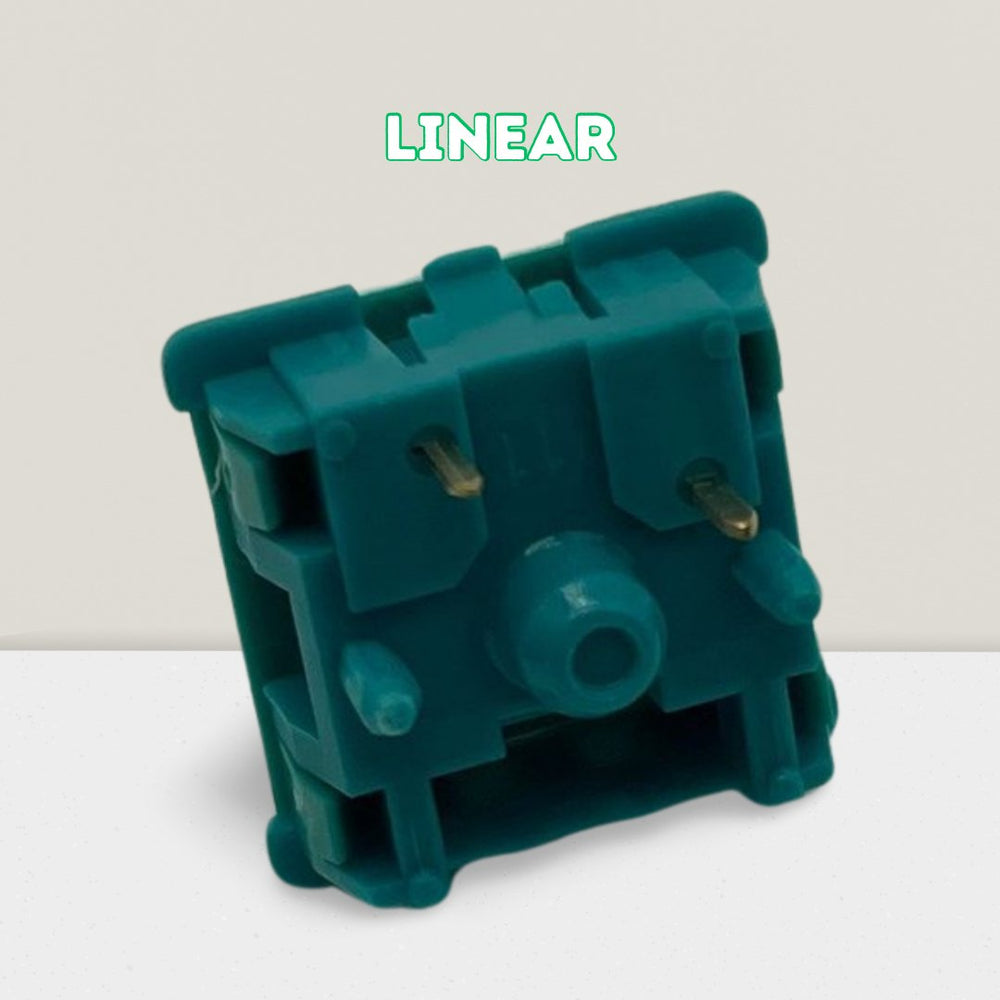Step-by-Step Guide to Choosing Your Ideal Keyboard Plate Material

Selecting the ideal keyboard plate material is a game-changer for your typing experience. This guide simplifies the process, focusing on the most popular materials: Aluminum, Brass, Carbon Fiber, Polypropylene (PP), Polyoxymethylene (POM), Polycarbonate (PC), and Flame Retardant-4 (FR4).
Assessing Material Properties: Each material offers unique characteristics. Aluminum, known for its rigidity and moderate sound profile, is a versatile choice. Brass, heavier and with a more pronounced sound, provides a very stiff typing feel. Both these metal plates provide a hint of resonance (brass even more so). Carbon Fiber stands out for its lightweight and high-pitched sound profile, ideal for a stiffer typing experience. PP and POM offer flexibility and a unique and poppy sound signature, while PC provides a softer typing feel with an great amount of flex but being the deepest of the plastic plate materials. FR4, same as PCB material, offers a balanced typing experience with good sound absorption.
Considering Personal Preference and Use Case: Your choice should align with your typing habits and aesthetic preferences. For gaming, materials like Aluminum or Carbon Fiber are preferable for their stability and responsiveness. For office use, PC or FR4 can be ideal due to their subtle sound profiles. Aesthetically, materials like Brass and Carbon Fiber stand out for their distinct looks, although not really visible while keycaps are mounted.
Actionable Tips:
- Match the material with your primary use: Aluminum or Carbon Fiber for stiffer typing experiences, PC, POM, PP or FR4 for softer typing experiences.
- Consider the sound and feel: Brass for a pronounced and resonant sound signature, PP or POM for a unique sound (poppy) and feel.
- Think about the weight and aesthetics: Brass for heft and luxuriousness, Carbon Fiber for a modern look that may match your vehicle.
- Don't overlook the flex: PP and PC for flexible builds, Aluminum for less.
- Test if possible: Try different materials at local meetups or a friends to experience them firsthand.
Our list for flexiest plate materials - From flexiest to stiffest:
| Rank | Plate Material |
|
1 |
Polypropylene (PP) |
|
2 |
Polycarbonate (PC) |
|
3 |
Polyoxymethylene (POM) |
|
4 |
Flame Retardant-4 (FR4) |
|
5 |
Aluminum |
|
6 |
Brass |
|
7 |
Carbon Fiber (CF) |
*Please note there are more plates than what are shown above. These are just the most commonly seen within the hobby. Also, this list is based off our experience/knowledge. YMMV










Leave a comment